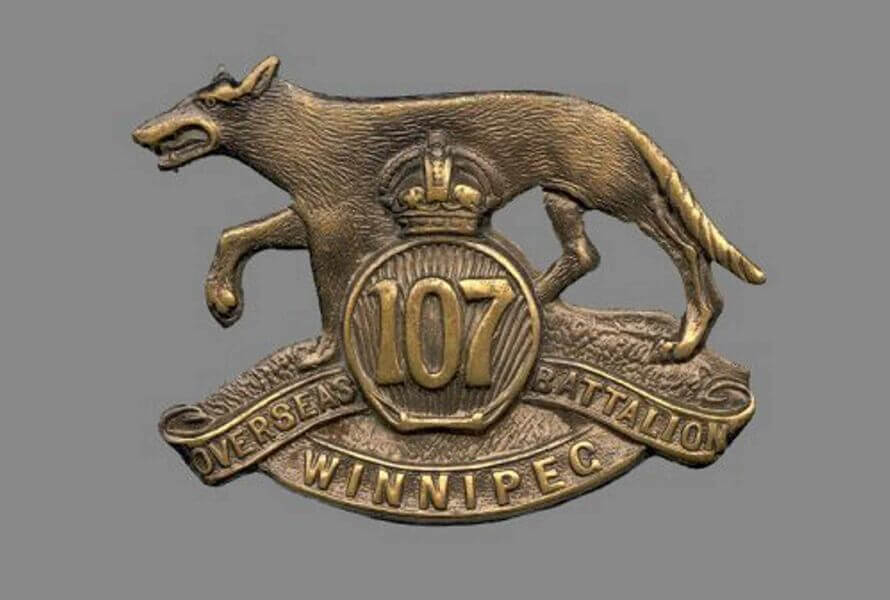How much did you know about the history of the 107th Timber Wolf Battalion? Well, read our post to know more about this unit and the indigenous participation in the Canadian Expeditionary Force during the First World War.
The Brief About The Establishment – 107th Timber Wolf Battalion
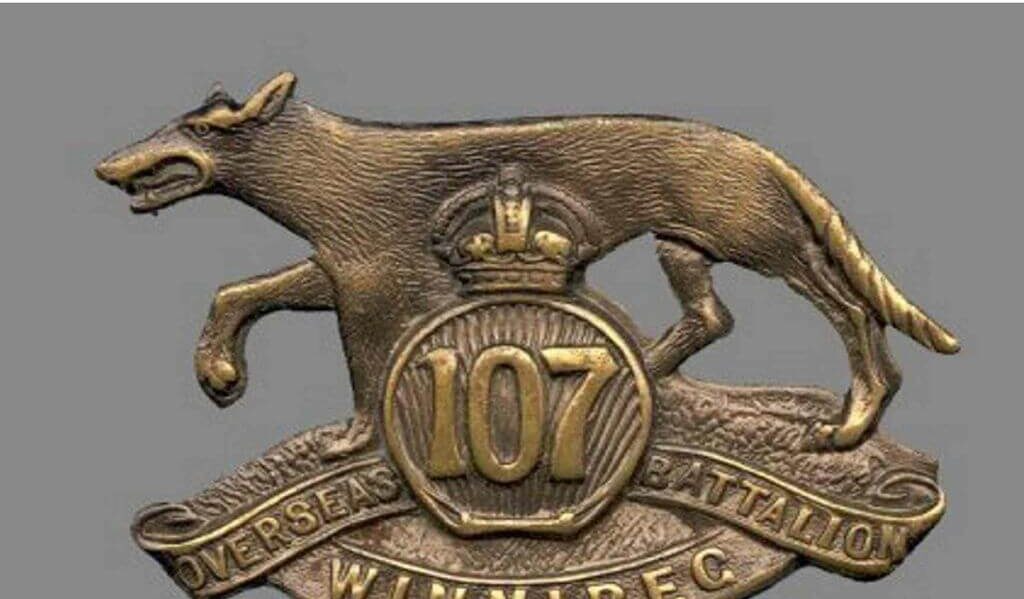
The 107th Timber Wolf Battalion belongs to Canadian Expeditionary Force. It is officially known as the 107th Winnipeg Battalion which was an infantry unit formed during World War I.
After arriving in Britain, the unit was transformed into a pioneer battalion and was in service of Belgium and France on the Western Front. Nearly half the soldiers of the unit soldiers were Indigenous Canadians.
World War I And Indigenous Canadians
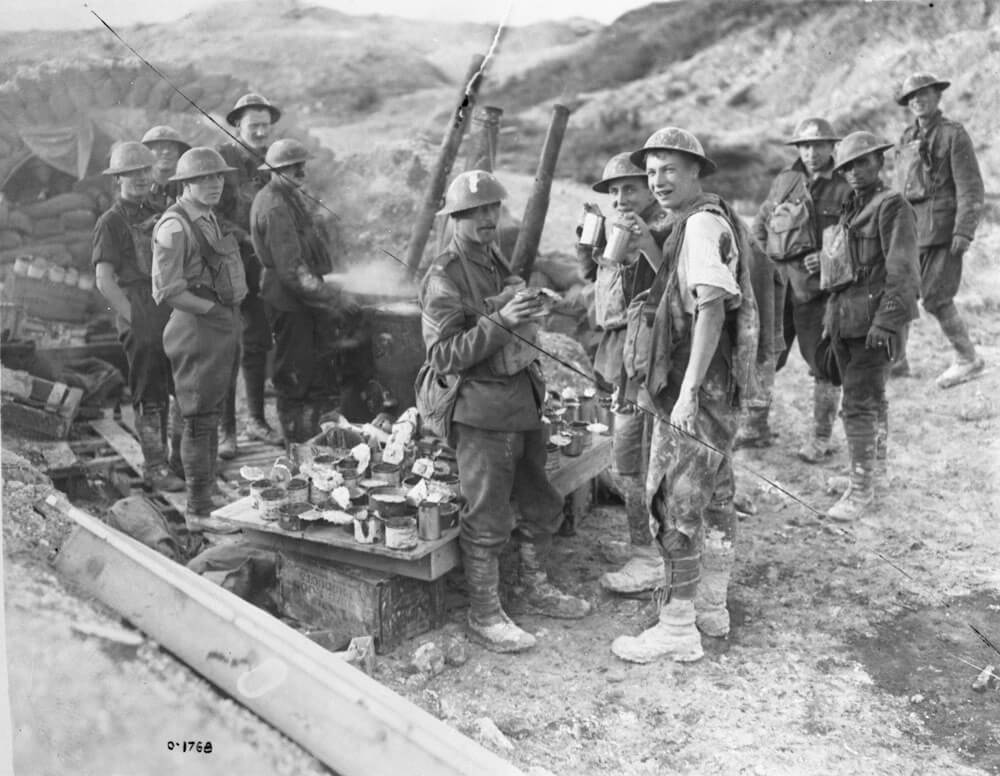
In fact, during World War I, the government originally didn’t want to enlist Indigenous Canadians. It is because the government worried about the treaty’s violation. The treaties stated that fighting for Canada was not compulsory for Indigenous Canadians.
However, many of those who attempted to enroll were Non-Status Indians. This meant that they were not controlled by any treaty.
Glenlyon Campbell – 107th Timber Wolf Battalion

Glenlyon Campbell was born in Saskatchewan, in 1863. He is the son of a chief trader of Hudson’s Bay Company.
In 1885, during the North-West Resistance, he performed with Boulton’s Scouts. Campbell then elevated to captain in May At the Battle of Batoche.
The Formation Of 107th Battalion
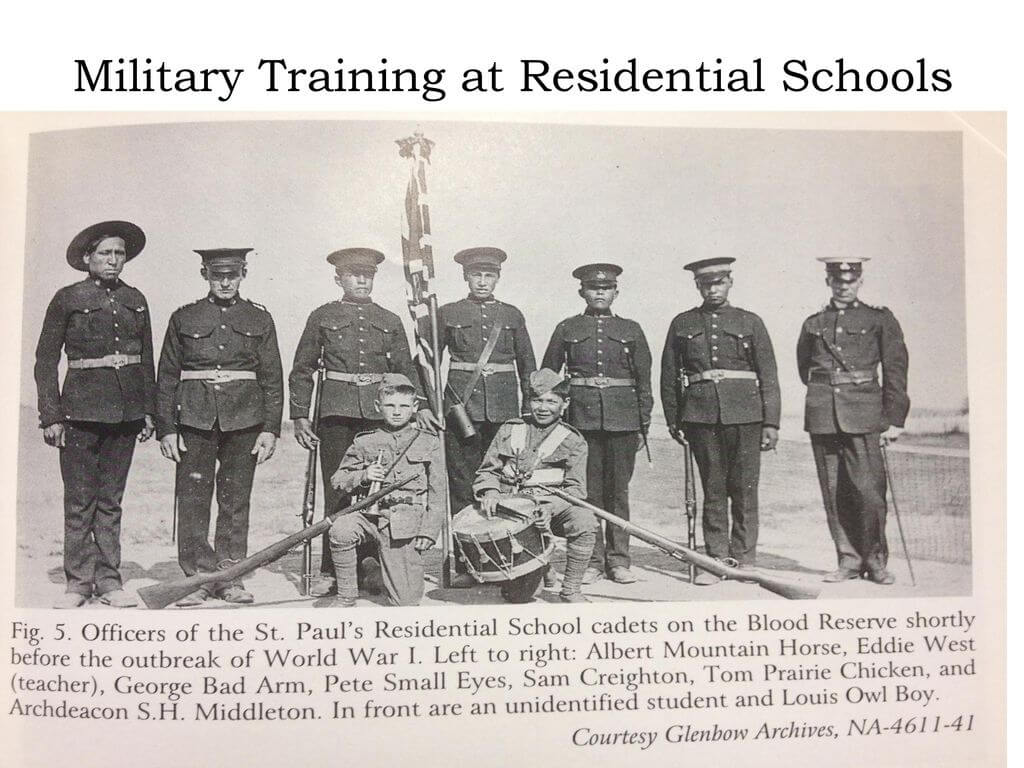
After the action of recruiting Indigenous Canadians of the government, Glenlyon Campbell lobbied for the establishment of a unit consisting of Indigenous Canadians. The government gave him permission to form a battalion.
In November 1915, Campbell started enlisting in Western Canada. He even aimed to call up Indigenous lads from manufacturing schools in Manitoba.
The unit was instructed at the new Camp Hughes in Manitoba. Because almost Indigenous recruits could not communicate in English, they had to join the language instruction.
Finally, the 107th Battalion cruised from Halifax to Britain in September 1916. On the 25th of October 1916, the battalion consisting of 997 brave soldiers reached Liverpool, England.
At The Front In The Western – 107th Timber Wolf Battalion
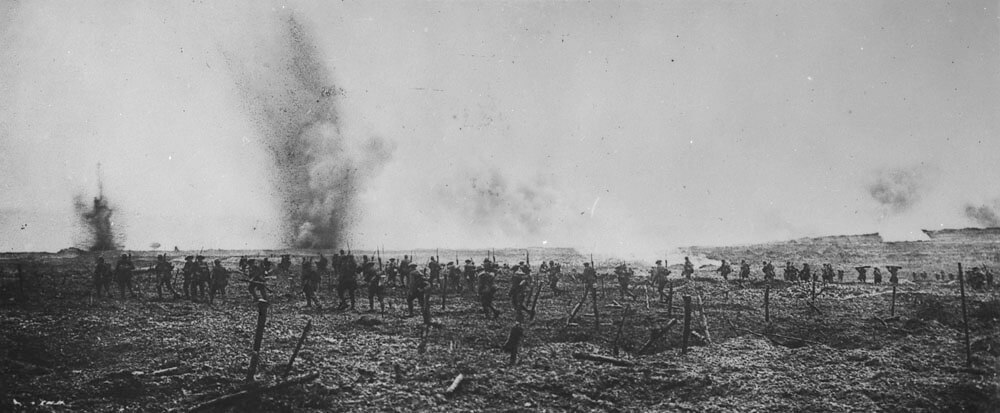
In April 1917, the 107th battalion took part in the Battle of Vimy Ridge and conducted various avant-garde tasks such as taking care of soldiers.
In August, it played a crucial role in the famous Battle of Hill 70, in which it tracked the leading invasion troops. After the fight, one company came forward to cure the wounded and search for the dead. At the end of the day, the company found 30 dead and brought 25 wounded back to stations. The soldiers received high honor for their contribution.
Battle Praises
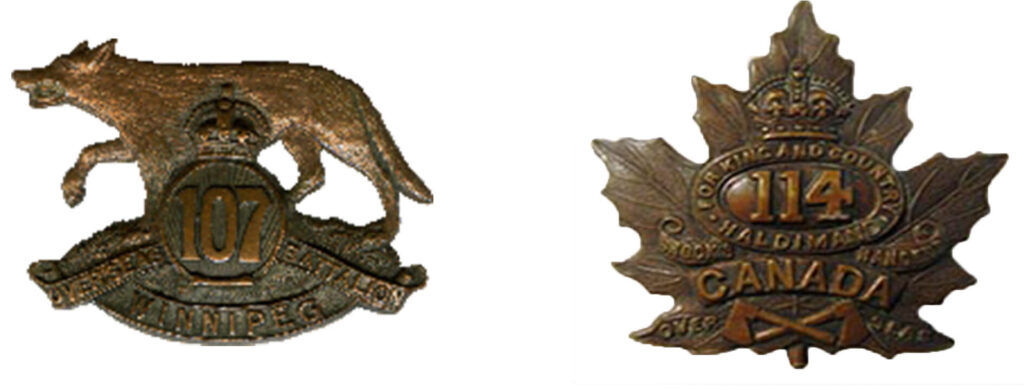
In the Army Canada, a World War I fight honors the joining of railway, cavalry, machine gun, infantry, or pioneer units in a precise battle or campaign.
The 107th Battalion acquired many battle honors such as Hill 70; Arleux; Scarpe, 1917; Vimy, 1917; Ypres, 1917; Passchendaele; Somme, 1918; Arras, 1917 – 1918; Flanders and France, 1917 – 1918.
Reorganization – 107th Timber Wolf Battalion
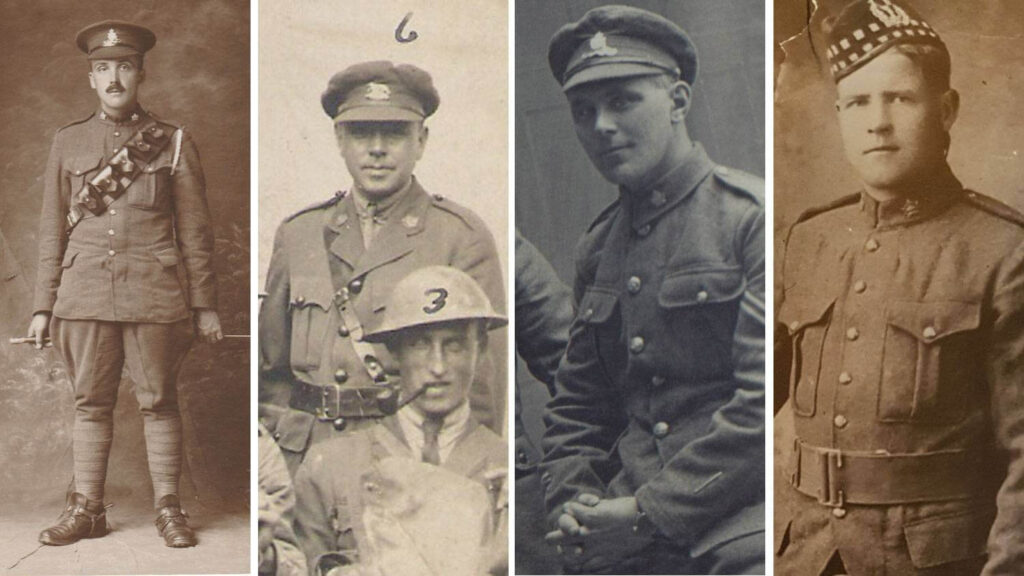
Unfortunately, on 20 October 1917, Glenlyon Campbell passed away because of kidney failure. Major Hugh Walkem was in charge of Glen’s position.
To prepare for the last Allied battle in August 1918, the government reorganized engineer and pioneer units in the Corps Canada. On the 28th of May 1918, they disbanded the 107th and converted the unit to the First Canadian Engineer Brigade.
Legacy
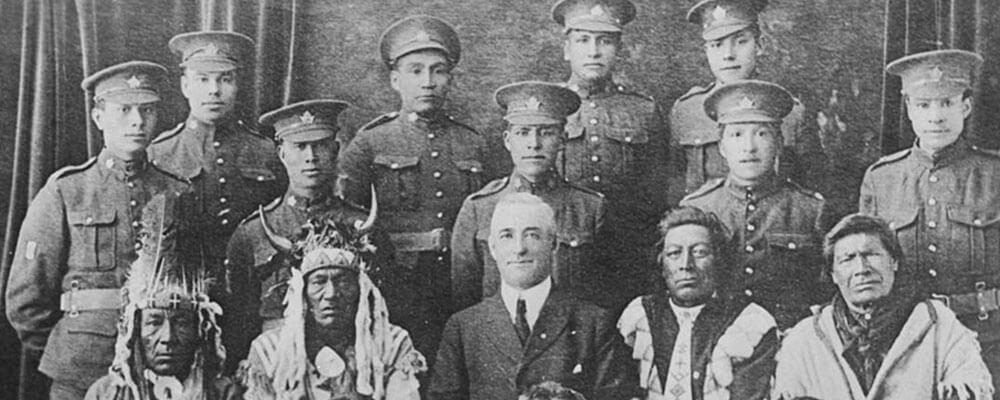
Duncan Campbell Scott, the Deputy Superintendent General of Indian Affairs, stated that it is necessary for Indigenous Canadians to assimilate into the Canadian community. He expected Army service could assist this dream.
To some degree, this did occur. This was because of the considerable part of people such as Glenlyon Campbell.
Related Posts You Can Read:
Interesting Historical Facts About Pearl Harbor
